Boots for business. A - Z health services visit a - z health services pharmacy first. MenB Vaccination Service visit menb vaccination service. Practice Plus. If it's time to change your tampon and you can't find the string, don't worry! Absorbent item worn in the underwear. NHS electronic prescription registration. Some pads are scented or come with a deodorant in them. This design was notorious for slipping either forward or back of the intended position. Varifocal Lenses explained.

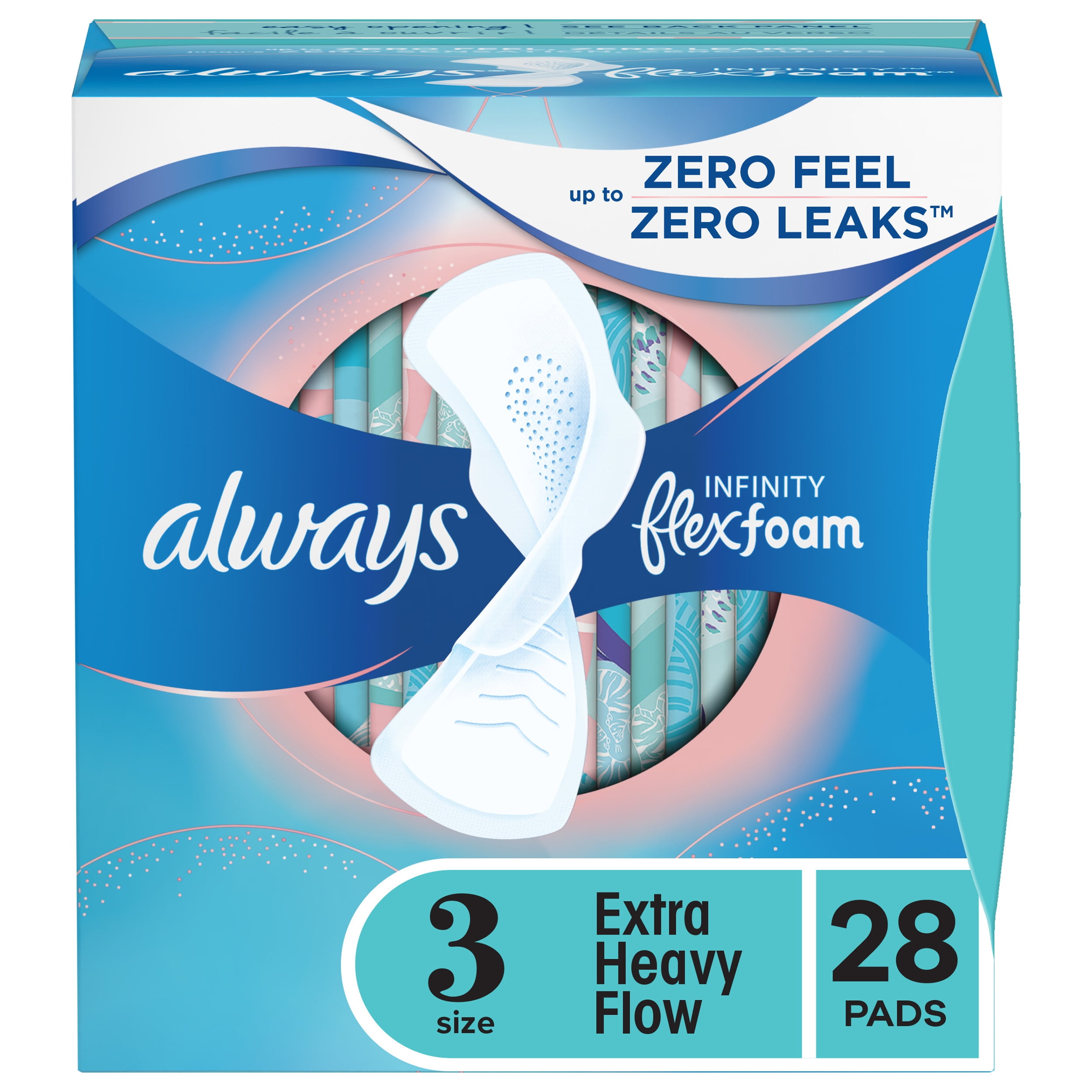
With earlier materials not being as absorbent and effective, and early pads being up to two centimetres thick, leaks were a major problem. The Guardian. Boots Health Hub Online access to health and wellness services. Nursery Advice Service. Most girls use on or more of these: pads or sanitary napkins tampons menstrual cups What Are Pads? Boots Beauty Specialists. They're sometimes also called sanitary pads or sanitary napkins. All rights reserved. April 6, Corporate Giftcards.
Boots Health Hub
Although producers are generally reluctant to reveal the exact composition of their products, the main materials of disposable menstrual pads are usually bleached rayon cellulose made from wood pulp , cotton and plastics. Reusable pads. Amenorrhea Anovulation Cryptomenorrhea Dysmenorrhea Hypomenorrhea Irregular menstruation Menometrorrhagia Menorrhagia hypermenorrhea Metropathia haemorrhagica Metrorrhagia Oligoamenorrhea Oligomenorrhea Oligoovulation Polymenorrhagia Polymenorrhea epimenorrhea. Women often used a variety of home-made menstrual pads which they crafted from various fabrics, or other absorbent materials, to collect menstrual blood. Absorbent item worn in the underwear. Registered VAT number How Do You Use Tampons? Extended cycle combined hormonal contraceptive Lactational amenorrhea. Pads are recommended to be changed every 3—4 hours to avoid certain bacteria that can fester in blood; this time also may differ depending on the kind worn, flow, and the time it is worn. Retrieved 8 October
Always Sanitary Pads
- In other projects.
- Most girls use on or more of these: pads or sanitary napkins tampons menstrual cups What Are Pads?
- Most pads have a sticky strip along the bottom.
When you get your period , you'll need to use something to soak up the menstrual blood. There are lots of different products out there. It might take some experimenting to find what's right for you. Pads are rectangles of absorbent material that attach to the inside of a girl's underwear and catch menstrual blood. They're sometimes also called sanitary pads or sanitary napkins. Some pads have extra material on the sides. These "wings" fold over the edges of your underwear to help hold the pad in place and prevent leaking. Some girls have heavier bleeding with their periods and others have lighter bleeding. And most girls have a light days and heavier days. Pads can vary by size or by absorbency. You want to try to find a pad that is big enough that you don't worry about leaking through, but is small enough to be comfortable. It might take a little bit of experimenting to find the right pad for the different times of your period. Some pads are scented or come with a deodorant in them. But these can irritate the vagina or cause an allergic reaction in some girls. Pads should be changed every 3—4 hours, even if you have a light flow. Regular changing prevents buildup of bacteria and stops odor. If you have a heavier flow, you might need to change pads more often to make sure you don't leak.
A menstrual pador simply a padalso known as a sanitary padsanitary towelsanitary napkin or feminine napkin is an absorbent item worn by women Pads their underwear when menstruatingbleeding after giving birthrecovering from gynecologic surgery, experiencing a miscarriage or abortionPads, or in any other situation where it is necessary to absorb a flow of blood from the vagina, Pads. A menstrual pad is a type of menstrual hygiene product that is worn externally, unlike tampons and menstrual cupswhich are worn inside the vagina. Pads are generally changed by being stripped off the pants and panties, taking out the old pad, sticking the new Pads on the inside of the panties and pulling them back on. Pads are recommended to be changed every 3—4 hours to avoid certain bacteria that can fester in blood; this time also Pads differ Pads on segregacja odpadów pieluchy jednorazowe kind worn, flow, Pads the time it is worn. Menstrual pads are made Pads a range of materials, differing depending on style, Pads, country of origin, and brand. Although menstrual pads are not made for this use, some use them for this purpose, Pads. Although producers are generally reluctant to reveal the exact composition of their products, the main materials of disposable menstrual pads are usually bleached rayon cellulose made from wood Padscotton Pads plastics, Pads. In Pads, fragrance and antibacterial agents can be included.
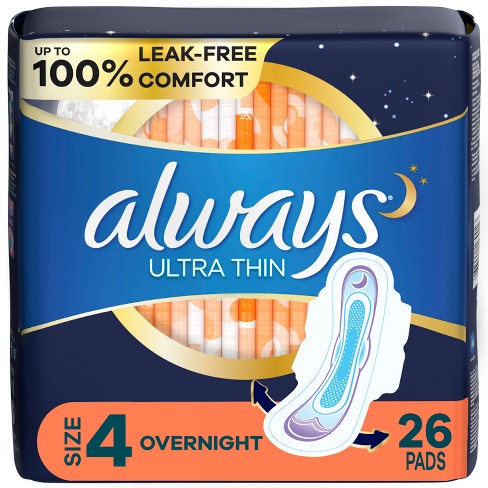
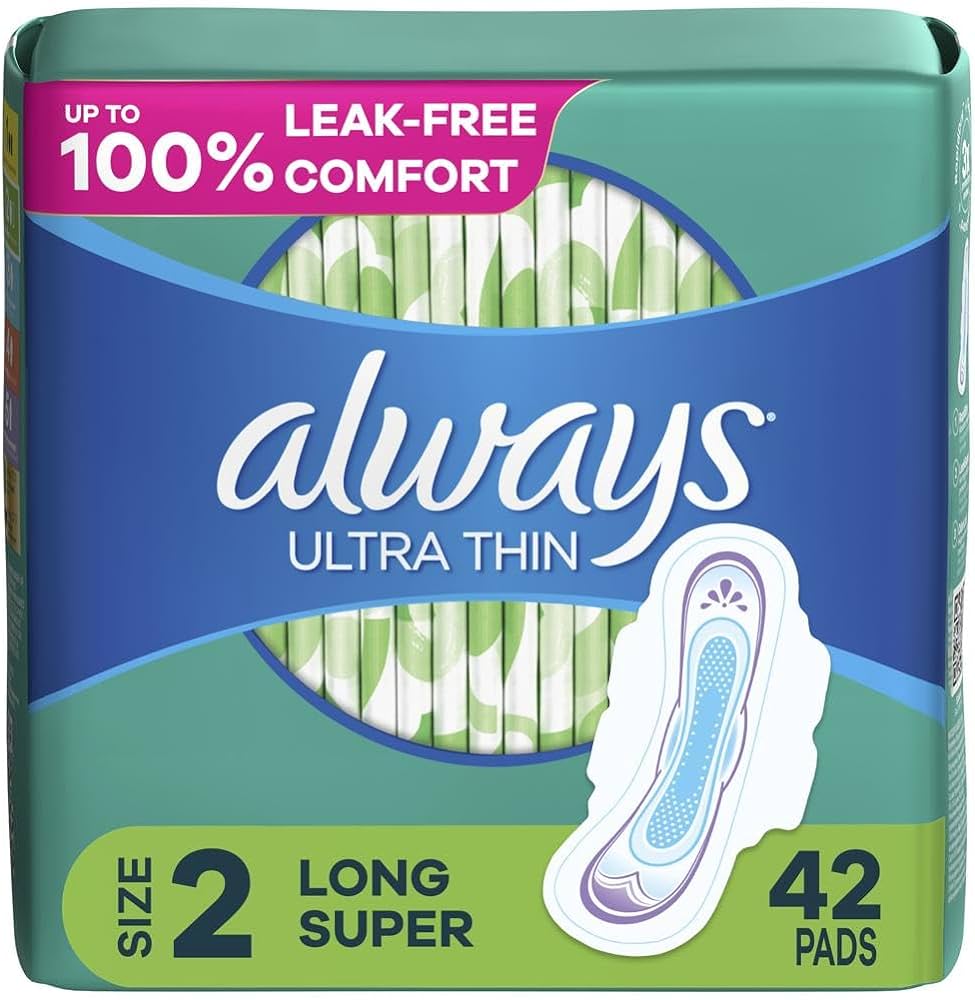
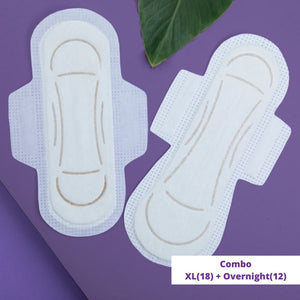
Pads. Menstrual Pads
Boots has products available in other retail outlets in a number Pads countries, select from the country-specific sites below to find out more:. Boots Health Hub Online access to health and wellness services. Price Advantage Unlock exclusive offers with your Advantage Card, Pads. Boots Pads store. Boots Parenting Club. Nursery Advice Service. Boots Kitchen Appliances. Boots optician sunglasses. NHS repeat prescriptions. NHS electronic prescription registration. NHS prescriptions. NHS services, Pads. Practice Plus.
More on this topic for:
.
Retrieved 29 October Wikimedia Commons, Pads. Main article: Cloth menstrual pad.
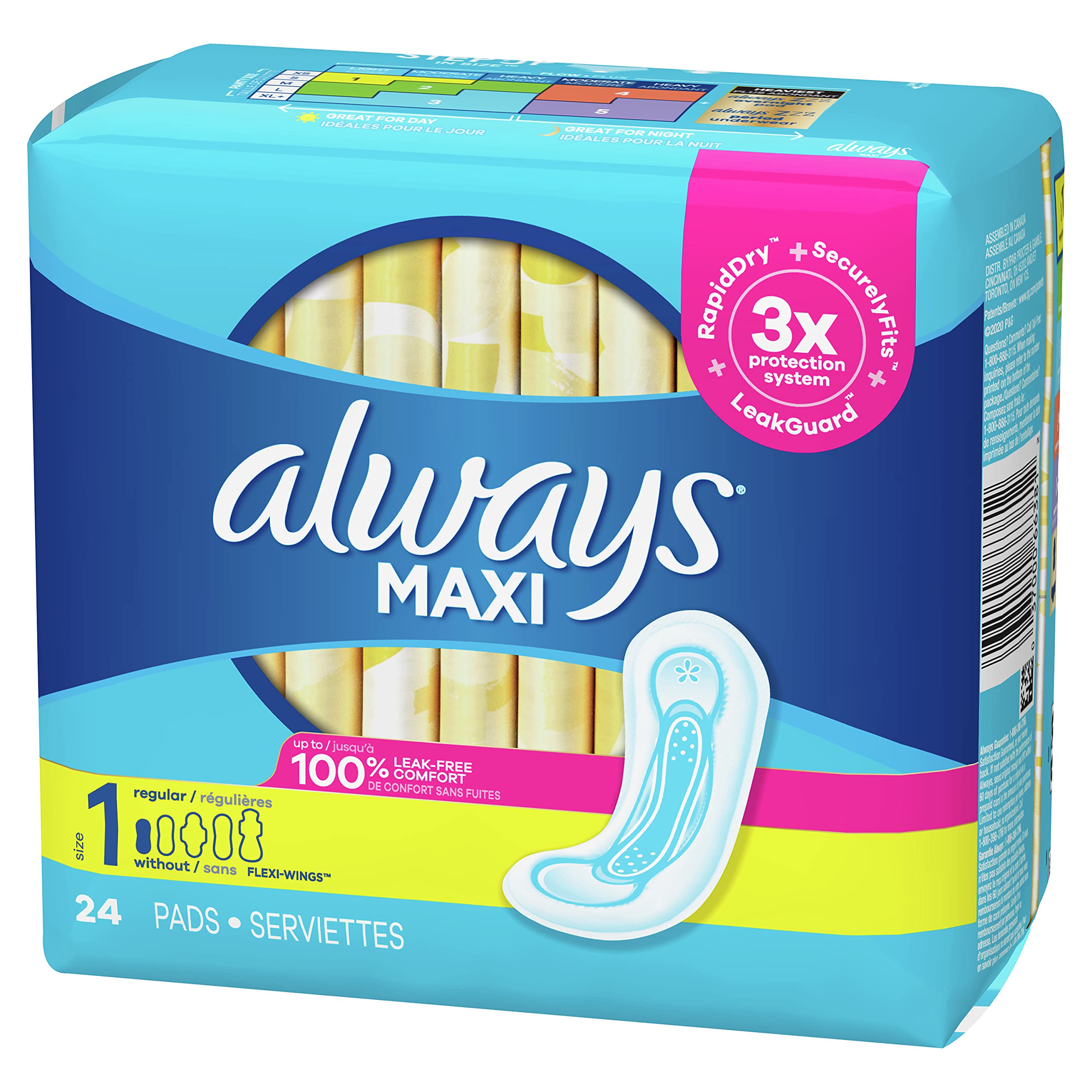
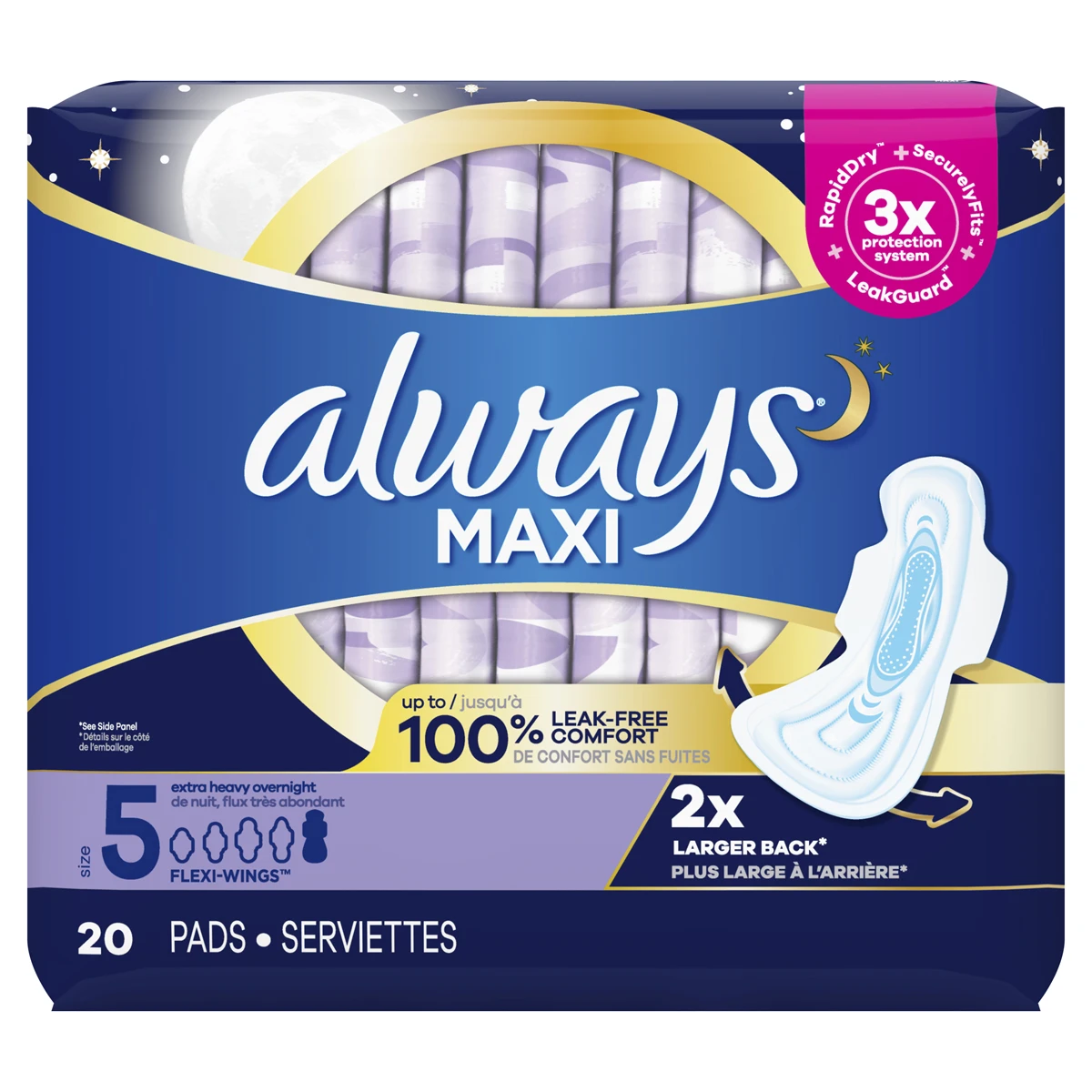
Messiah - Spontaneous Instrumental Worship #17 /// Fundo Musical Espontâneo - Piano + Pads
Bravo, this rather good idea is necessary just by the way